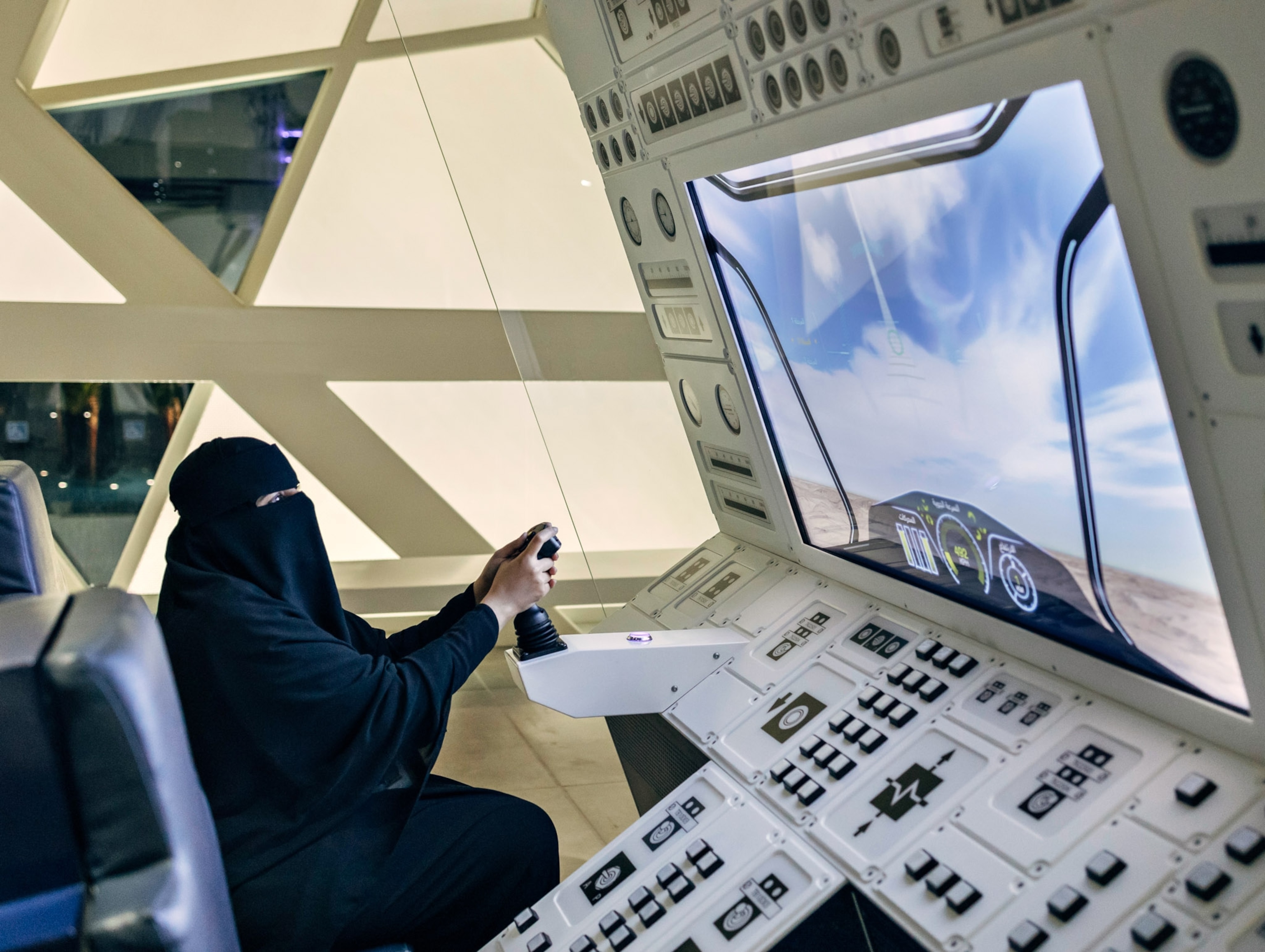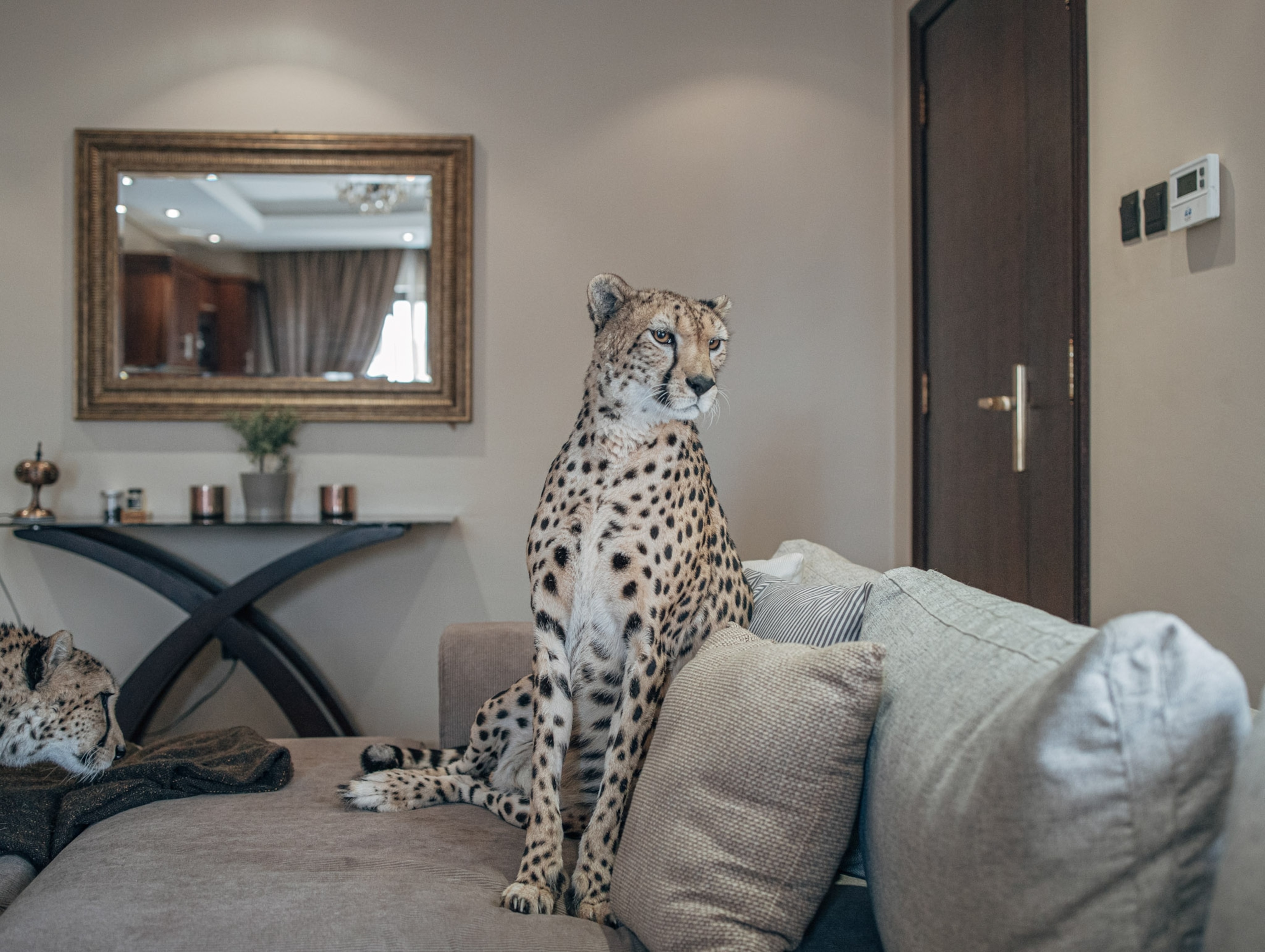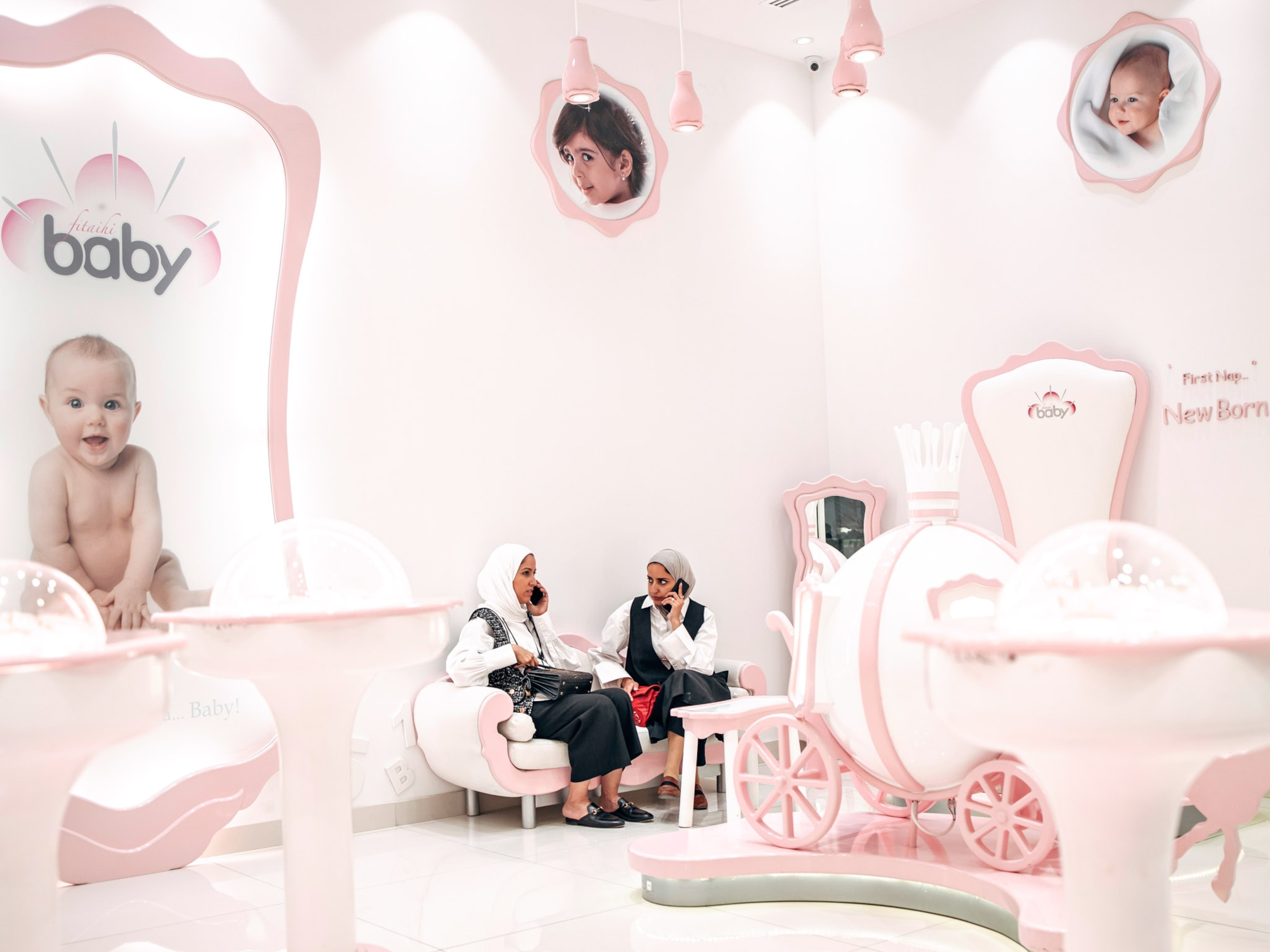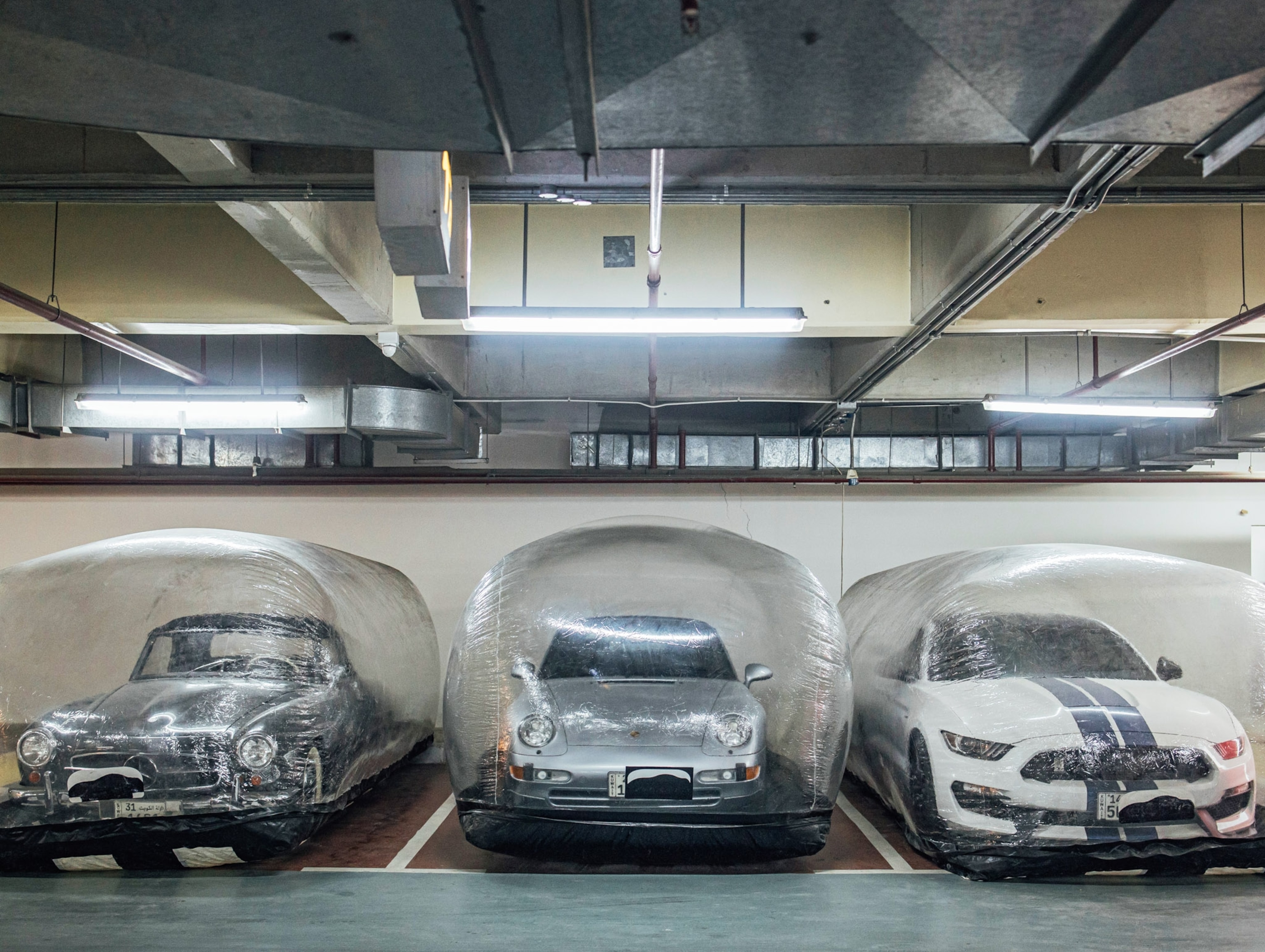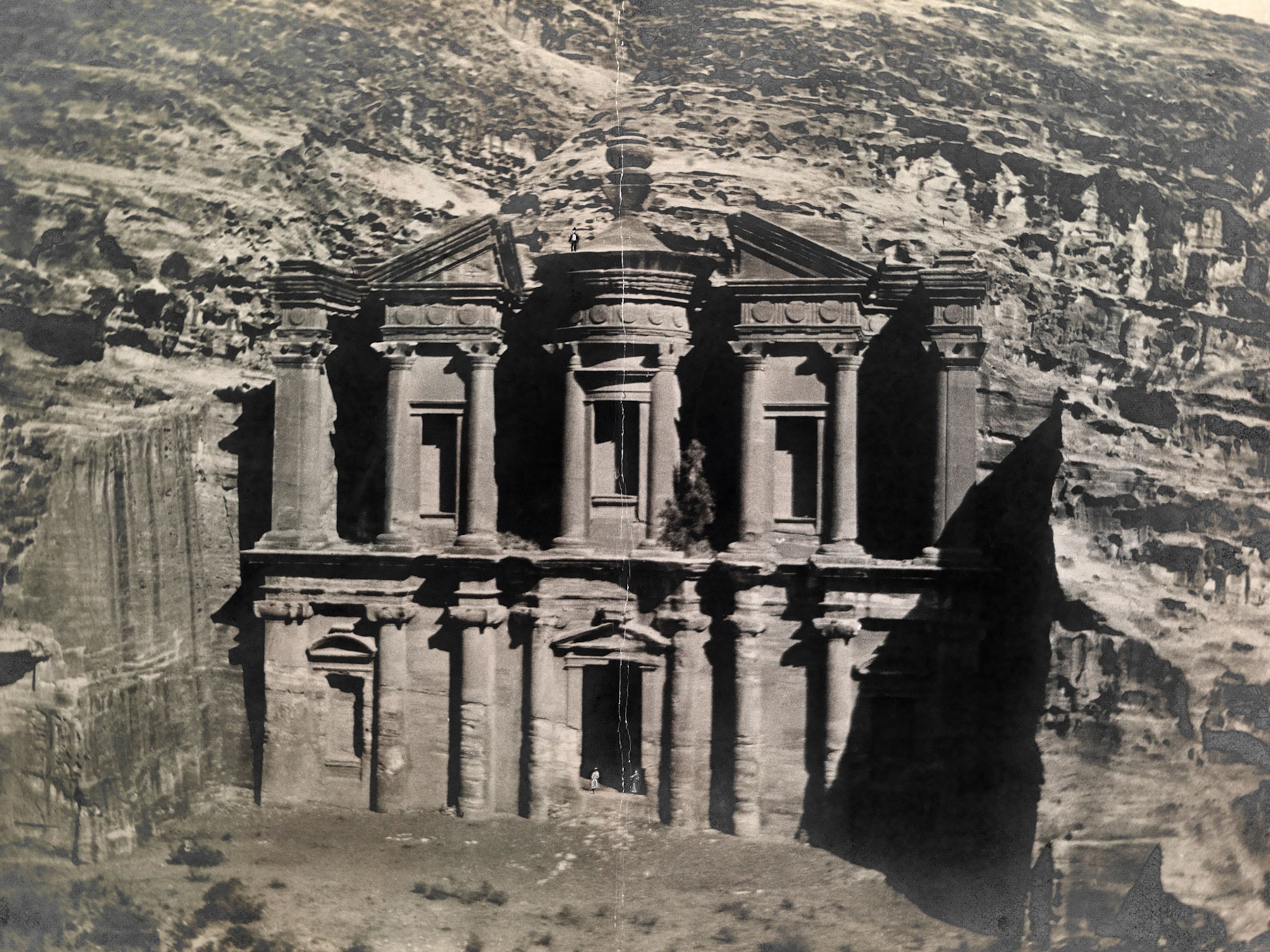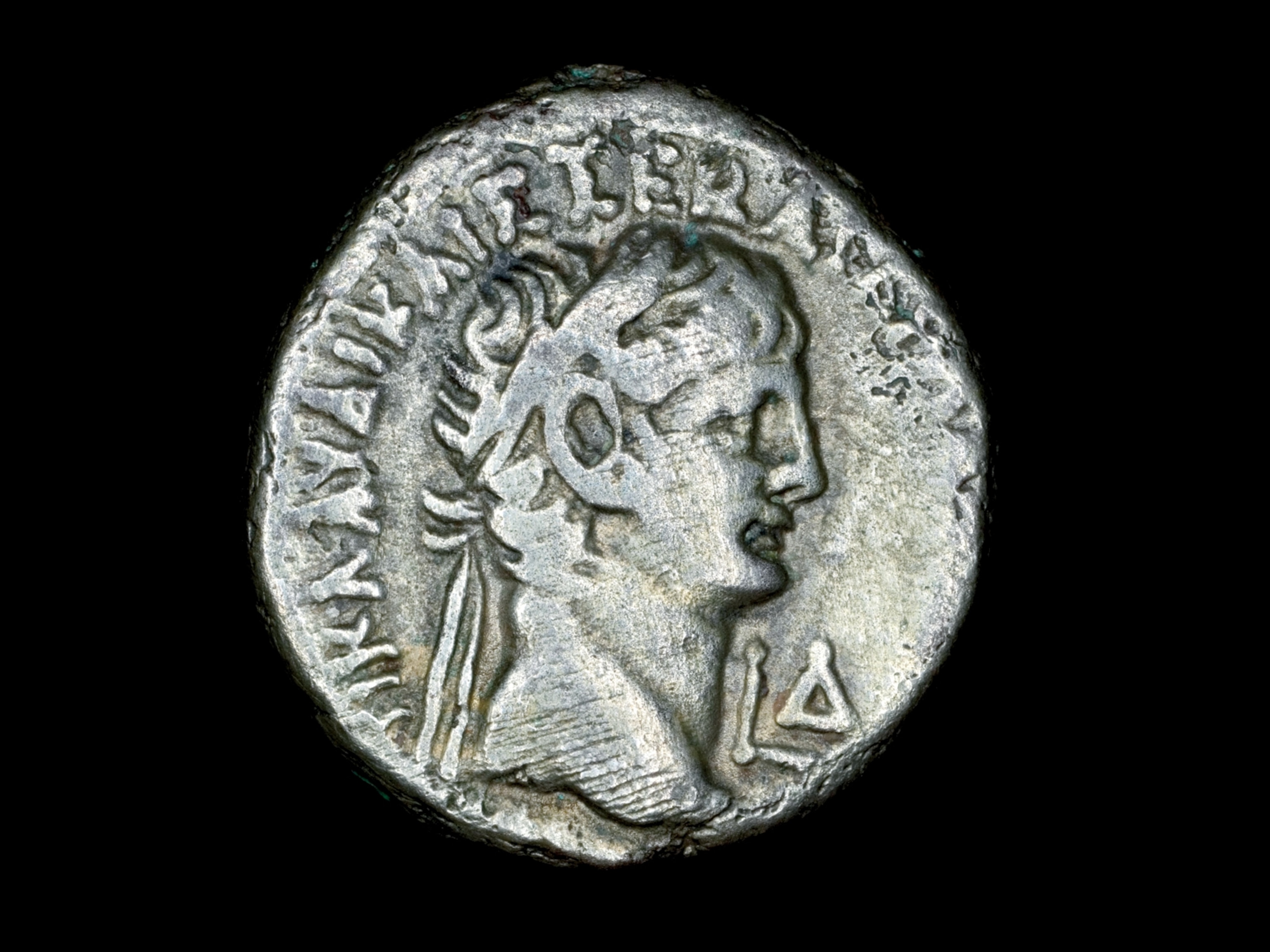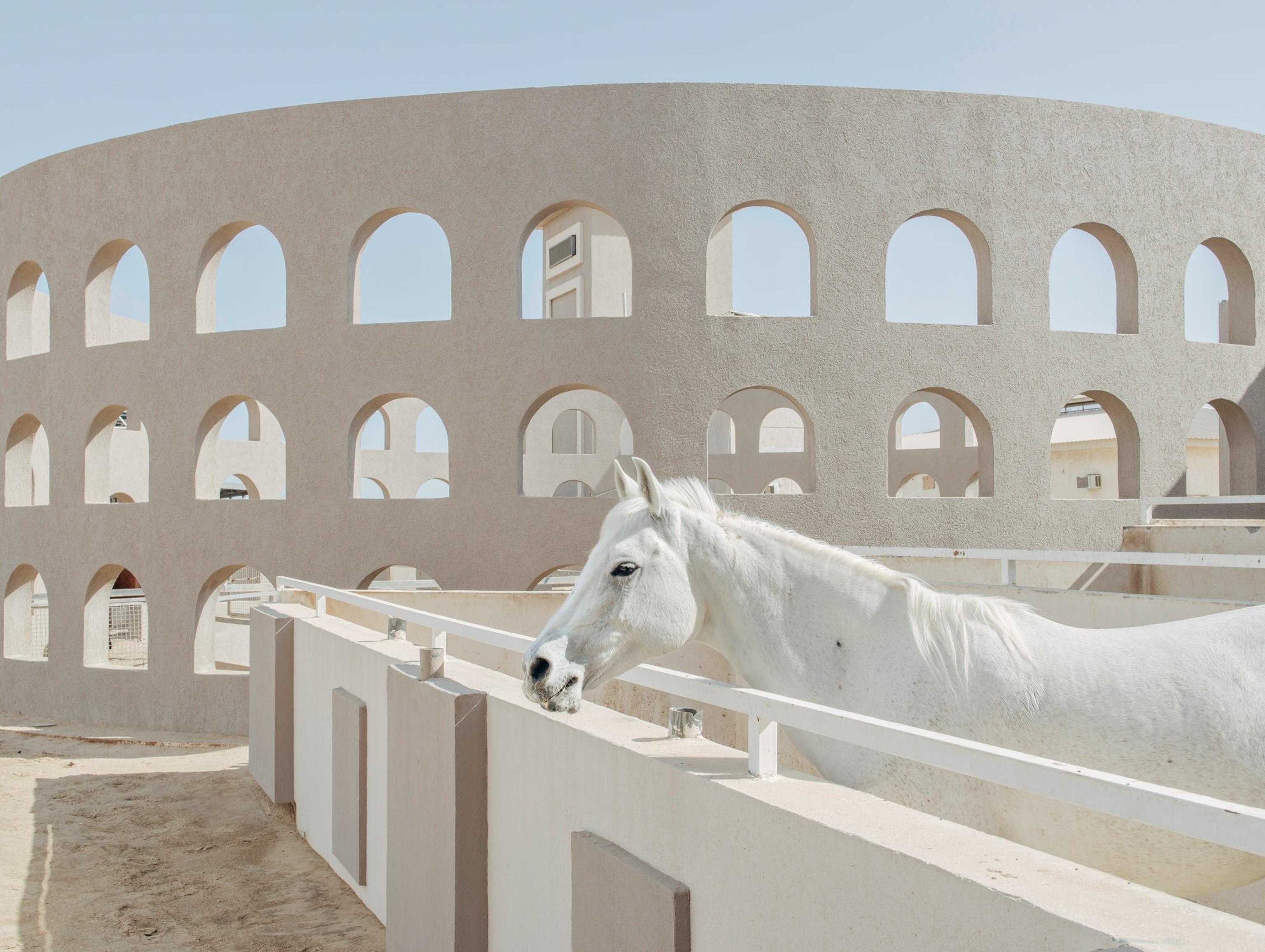
Kuwait: a land of extreme climate and wealth
Italian photographer spent months documenting “the psychological impact of an extreme environment on people.”
The tiny state of Kuwait, an emirate located at the northern end of the Persian Gulf, is a land of extremes. Summer temperatures are among the hottest in the world—only Death Valley has exceeded the local record—annual rainfall ranks near the bottom, and freshwater is scarce. Less than one percent of the desert landscape is arable, but the sands hold the seventh largest national oil reserves, the source of Kuwait’s immense wealth. As with the other oil-rich nations in the gulf region, petrodollars have given rise to a culture of conspicuous consumption.
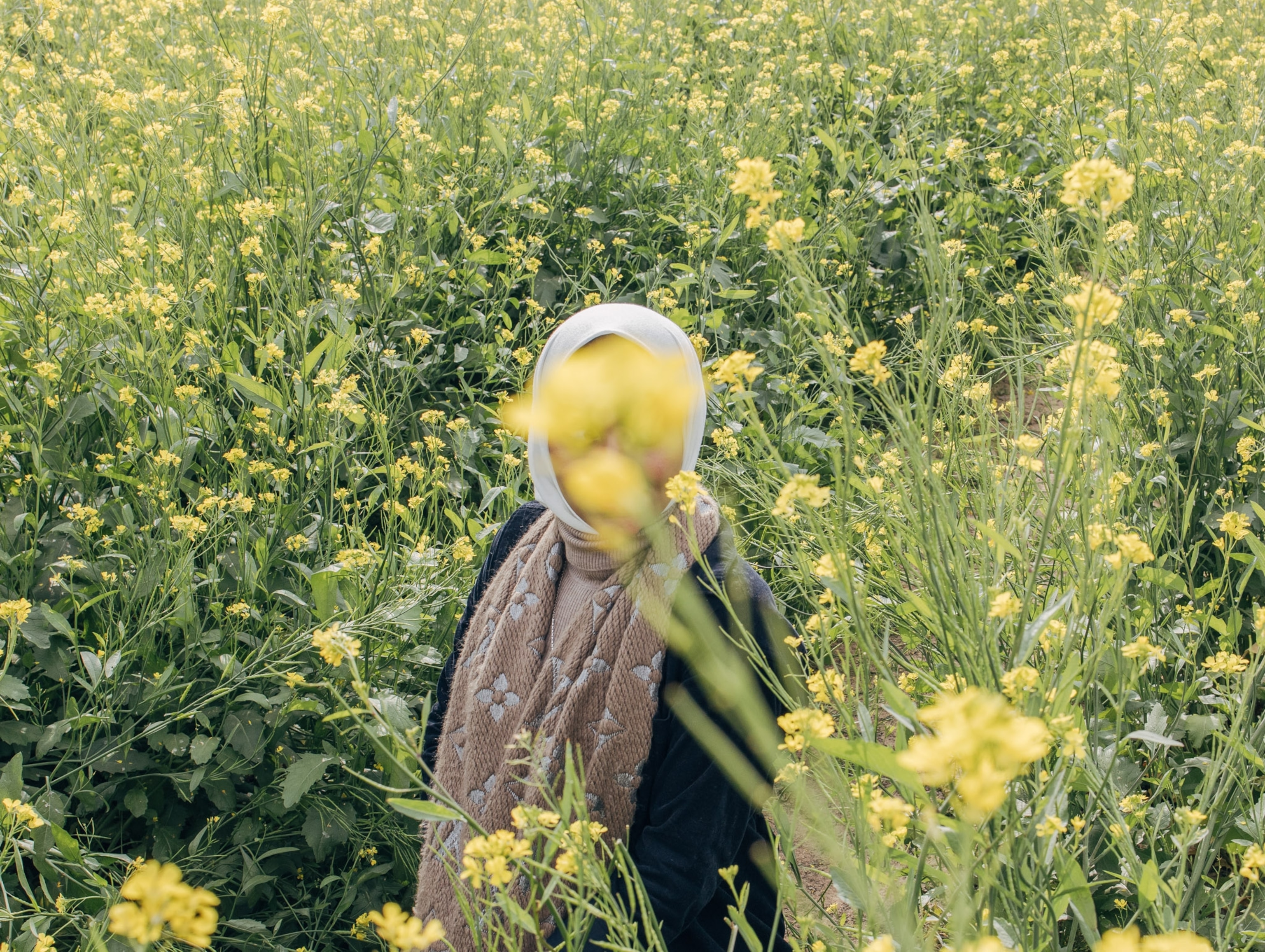
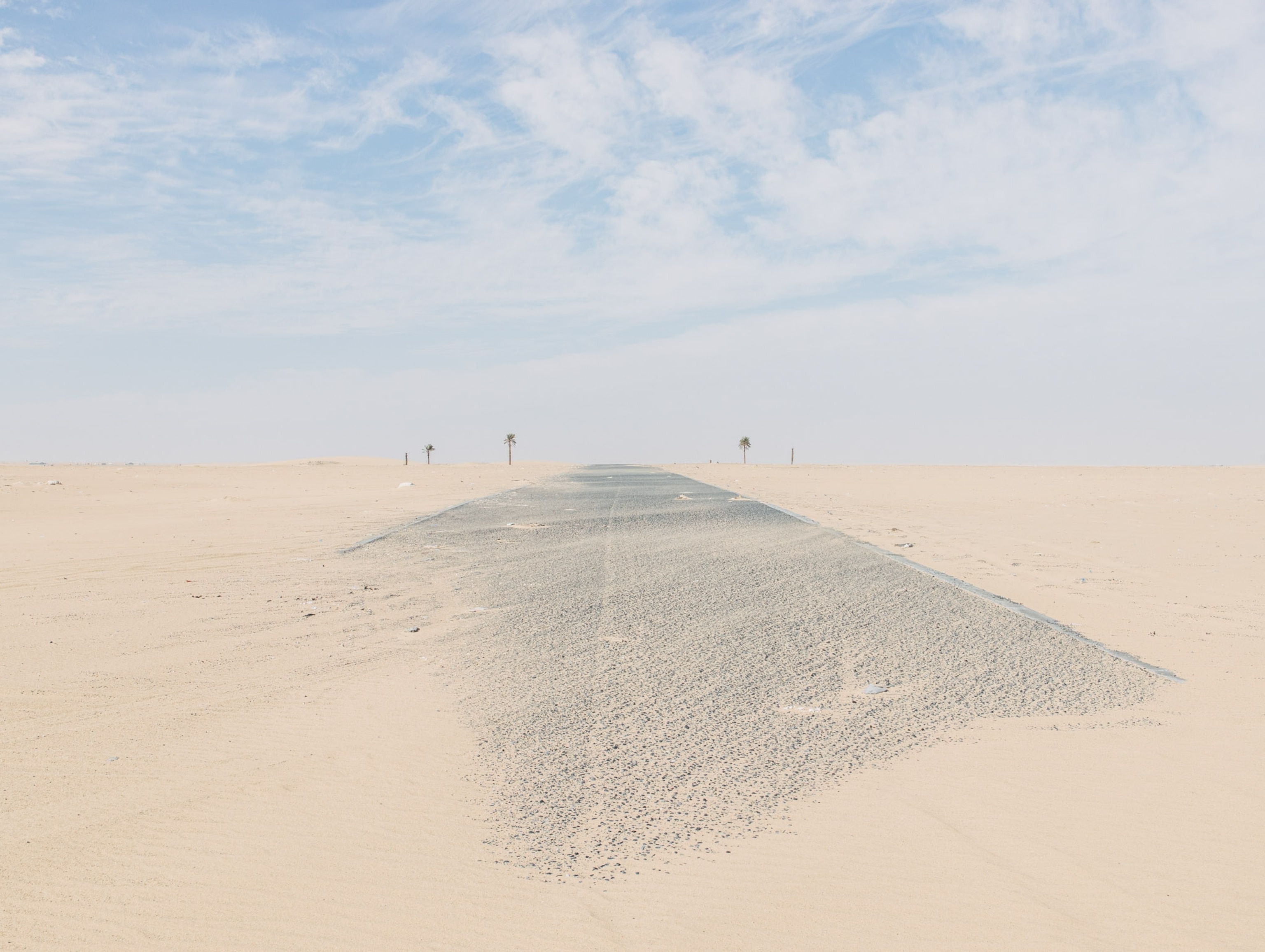
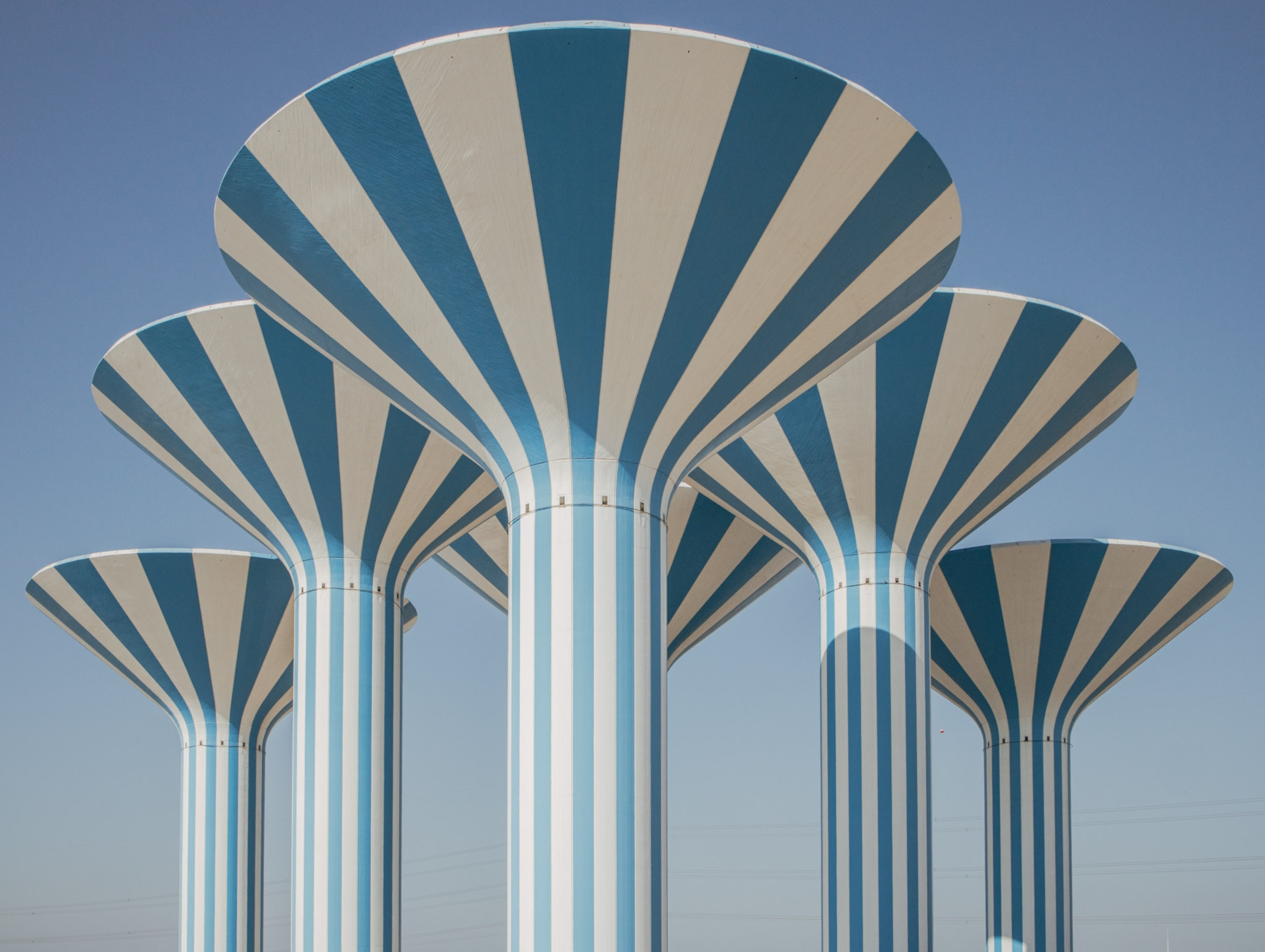
Gabriele Cecconi was struck by the contrast within what he viewed as a conservative culture when he first visited Kuwait in 2019. The Italian photographer had been covering the environmental effect of stateless Rohingya refugees on Bangladesh, and he was drawn to cover the plight of Kuwait’s own stateless Bidoon people, but ultimately the project took a turn. “In Bangladesh my work was about the impact of people in an extreme situation on the environment,” he says. “In Kuwait I wanted to investigate the psychological impact of an extreme environment on people.”
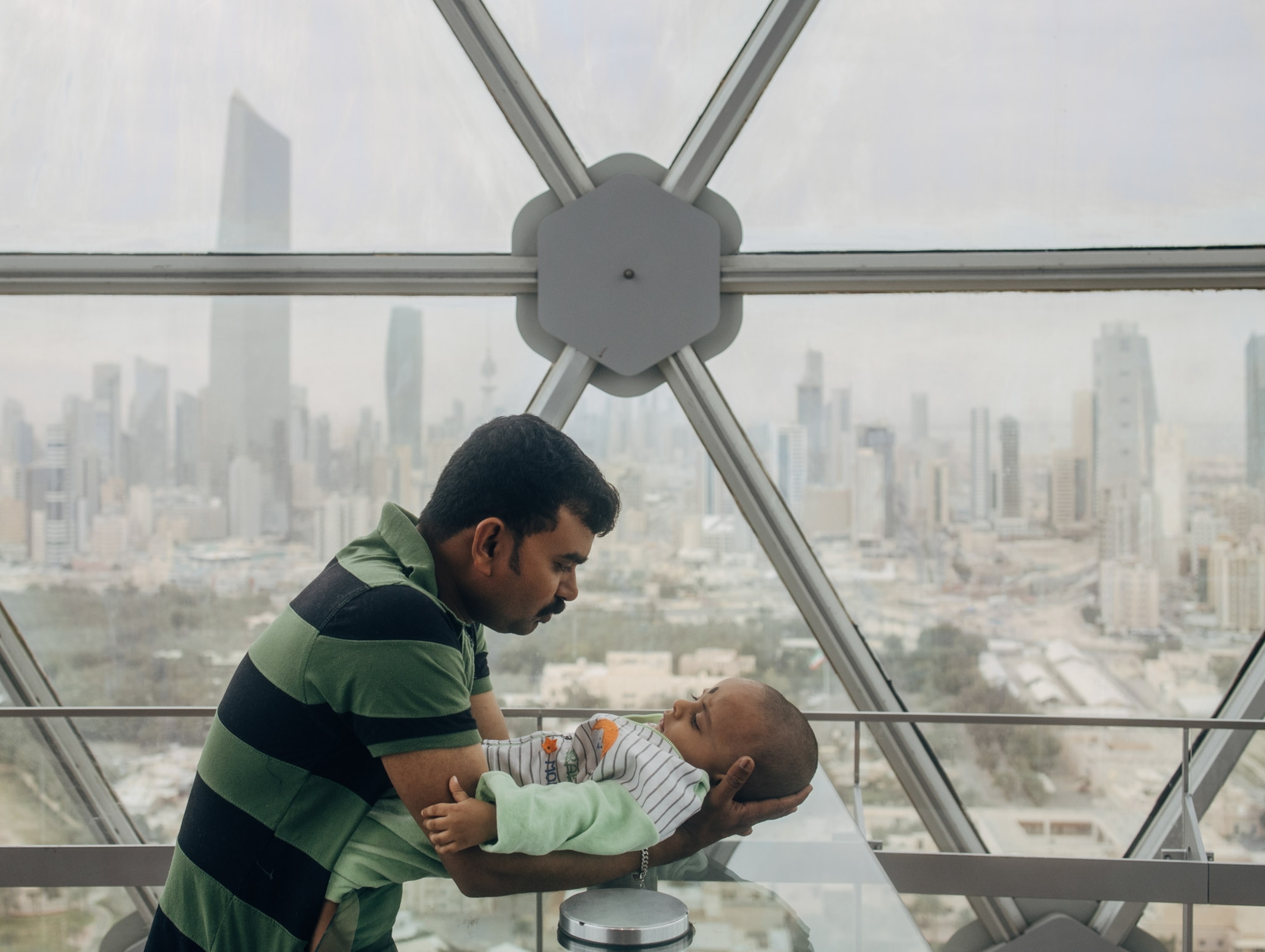
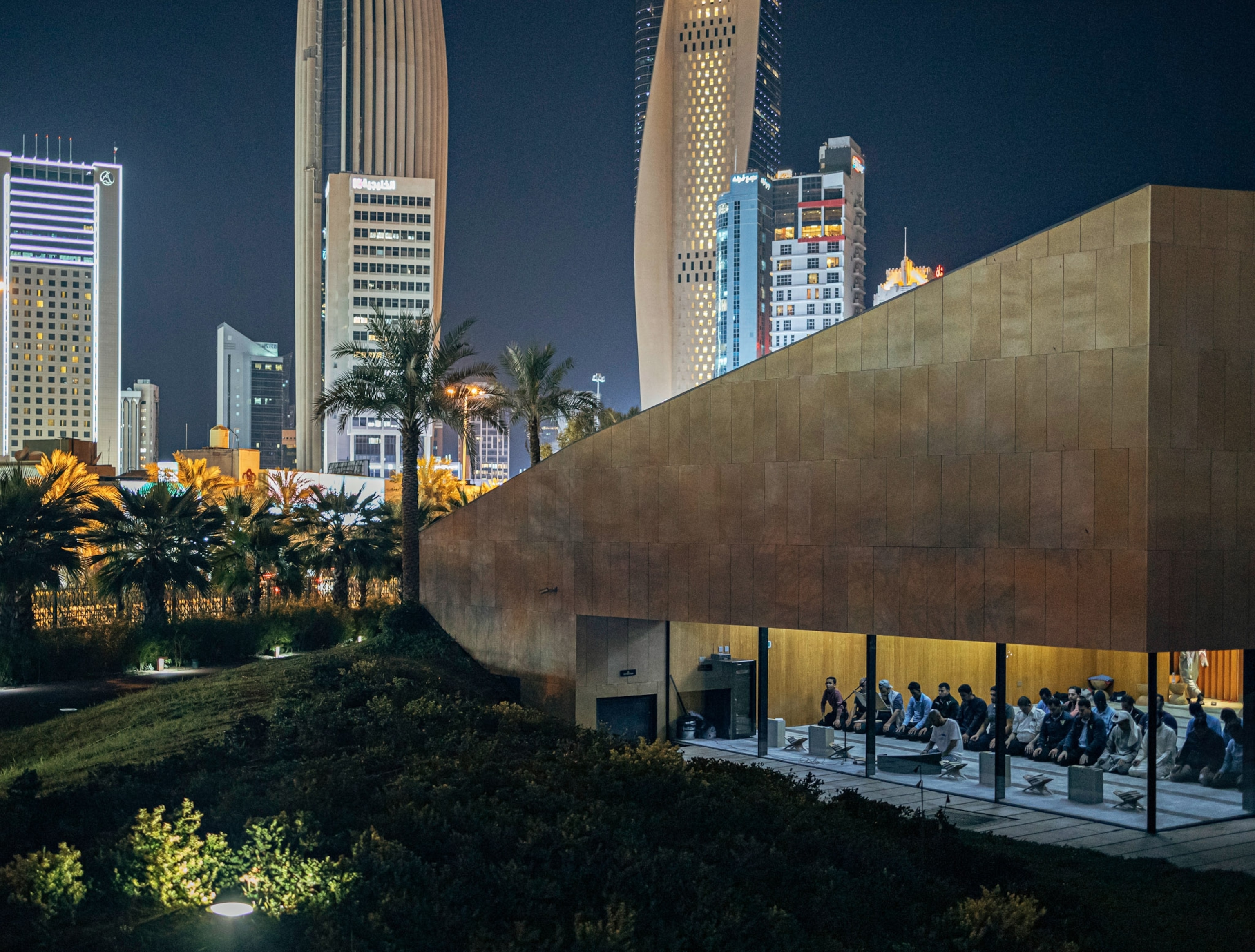
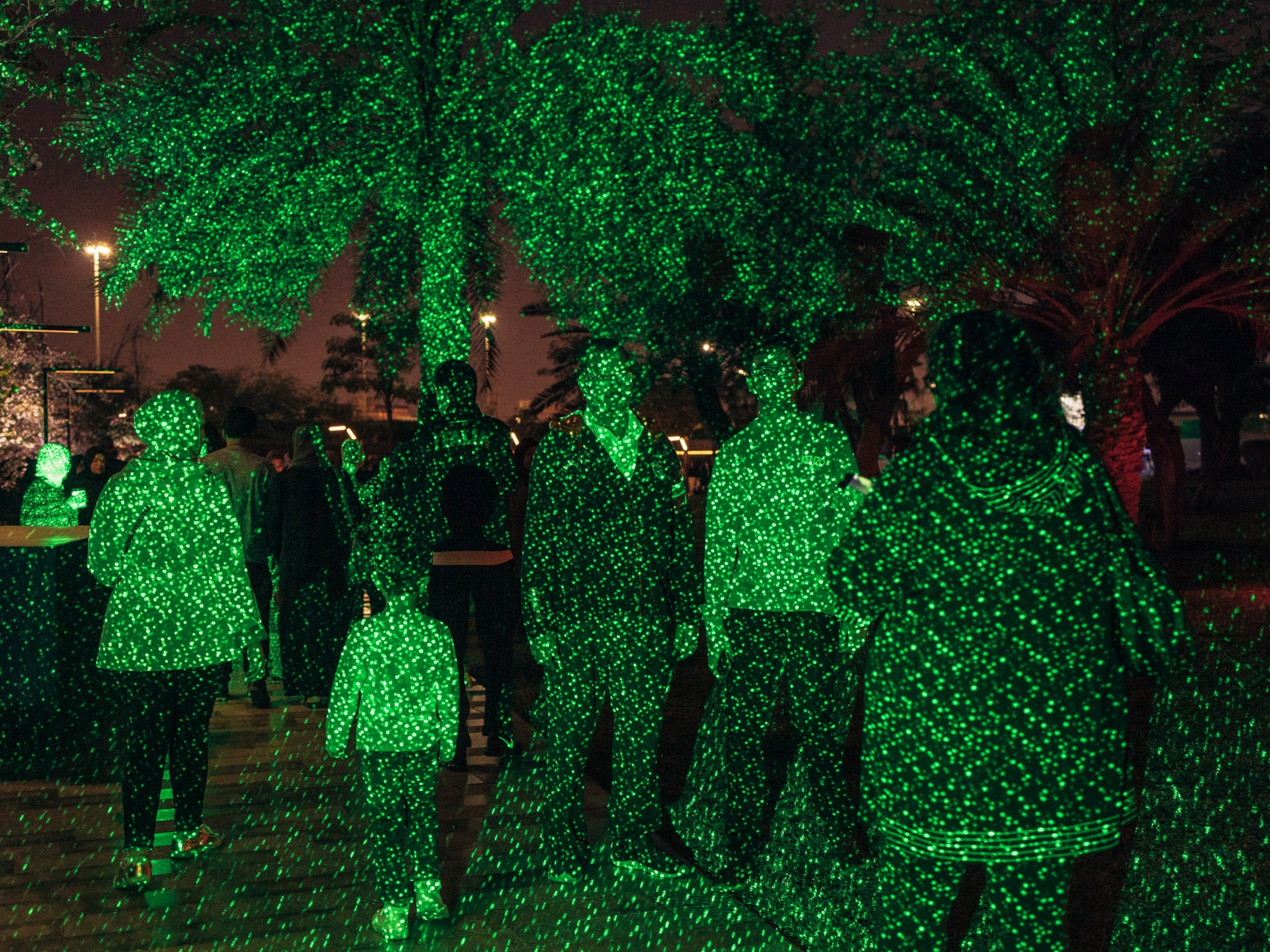
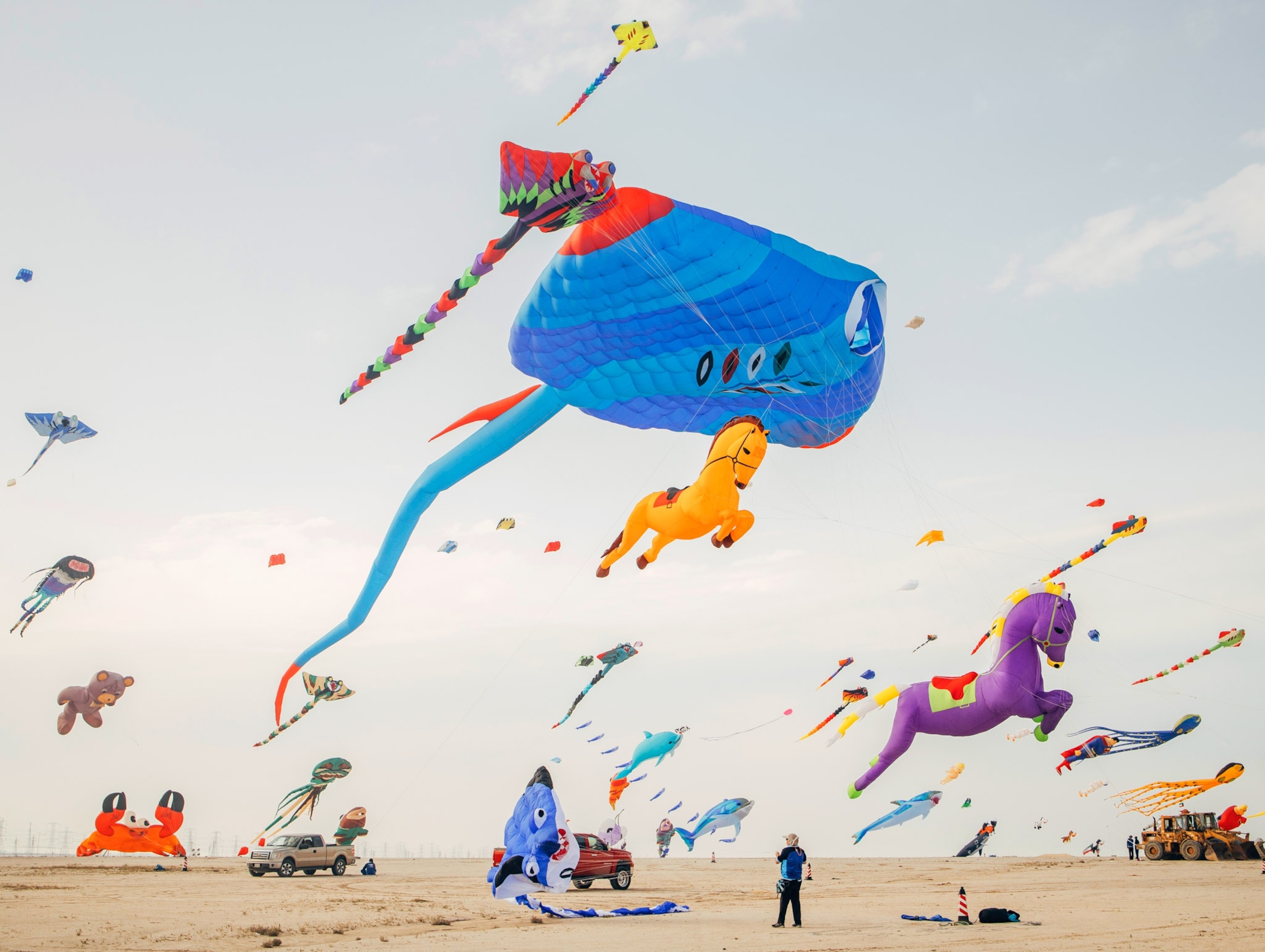
Kuwait’s modern prosperity had humble beginnings. Before its oil fields were discovered in the 1930s, pearls were a major export and the area was home to seaport traders, fishermen, and nomads. The energy industry and closer ties with the West, particularly after liberation during the Gulf War in 1991, gradually imported foreign values along with affluence. Today, Kuwait’s approximately 1.3 million citizens live a luxurious lifestyle, supported by a service industry that employs more than three million low-wage foreign workers. In his photography Cecconi sees a mismatch between materialism and religious tradition. “Extreme consumerism is a form of compensation for the inner tensions,” he says. “Our capitalist system says if you buy things you’ll feel better. It happens to every one of us. The difference is that they have the money to do anything they want.” For some that could be a Ferrari or even building a private replica of the Roman Colosseum.

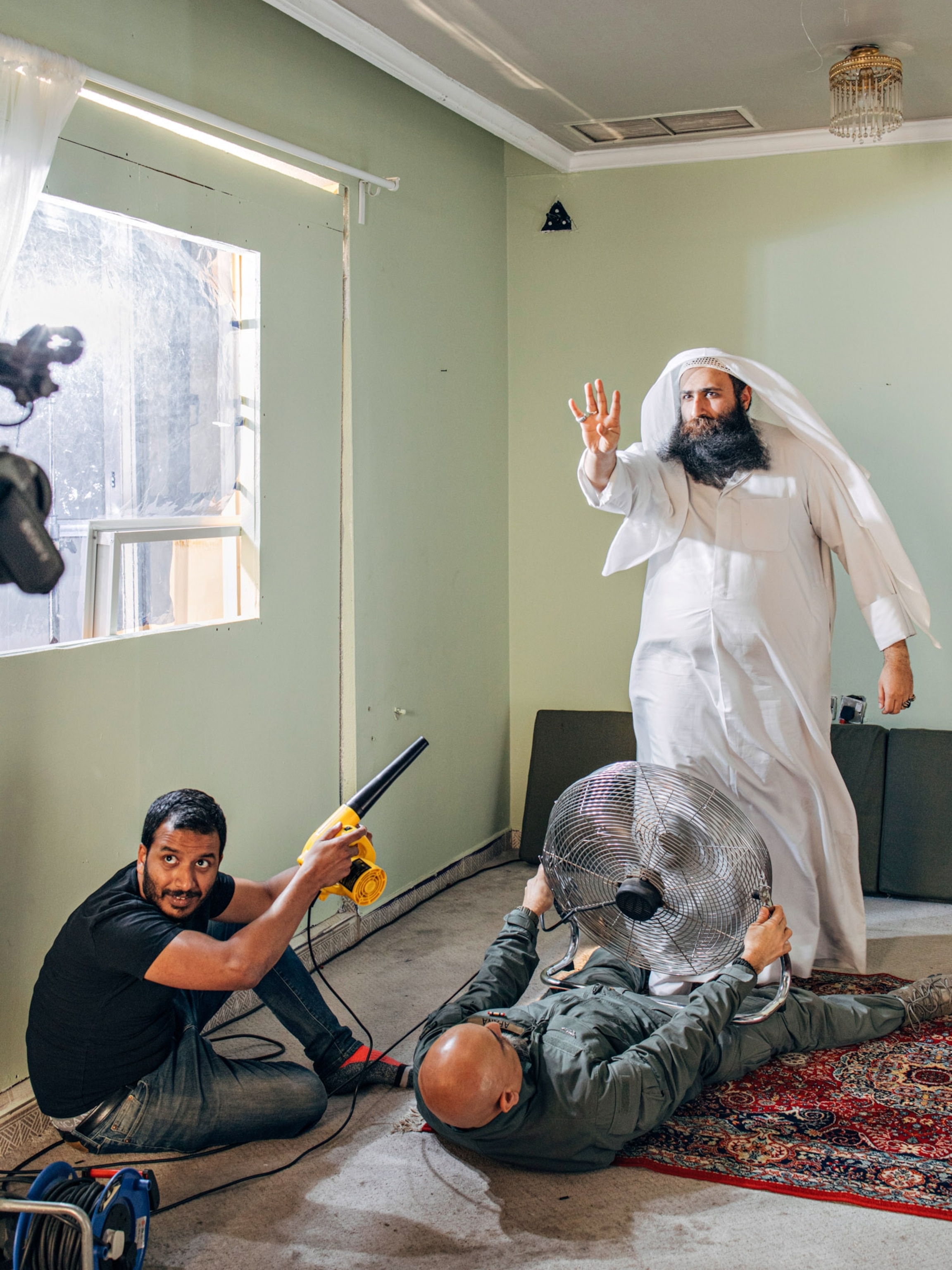

Cecconi, who spent four months photographing the country in 2019 and 2020, is careful to say that Kuwaitis shouldn’t be singled out. Regarding the poorly treated foreign workforce, he says, “as an outsider it’s very easy to judge. Then one day I realized there are hundreds of thousands of black-market migrant workers in Italy, and they work for people like me. But they are invisible. In this country, they are visible.”
“It was like I saw myself, I saw my own country, revealed,” he remembers. “Everything is more clear.”

